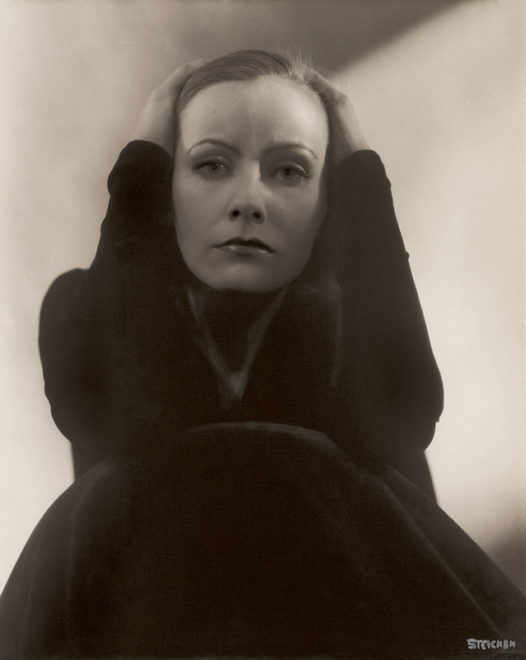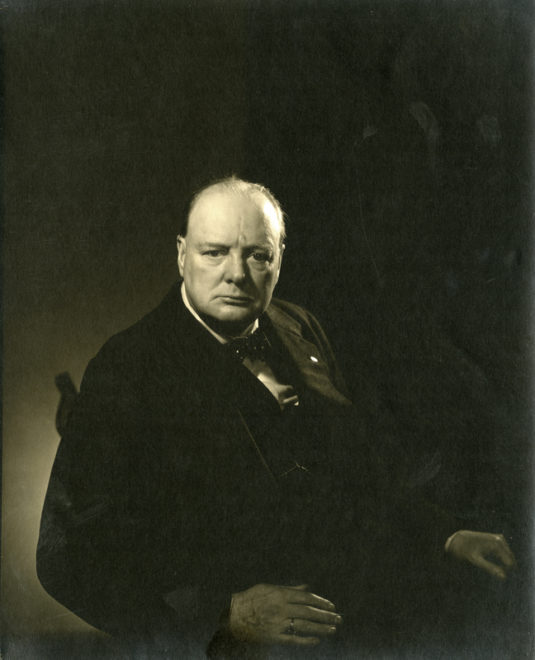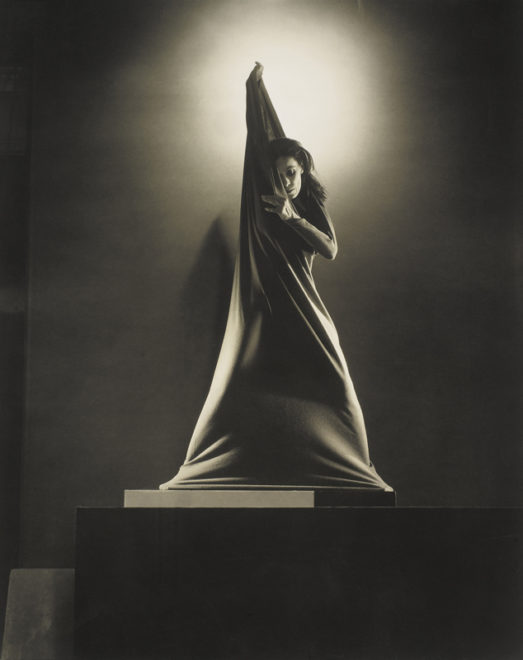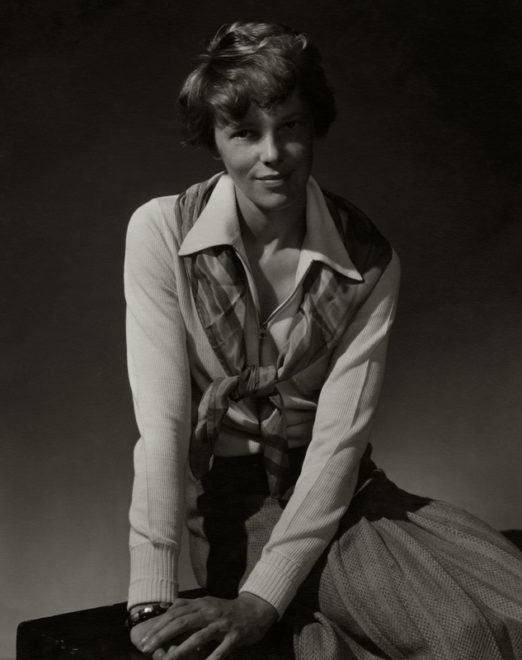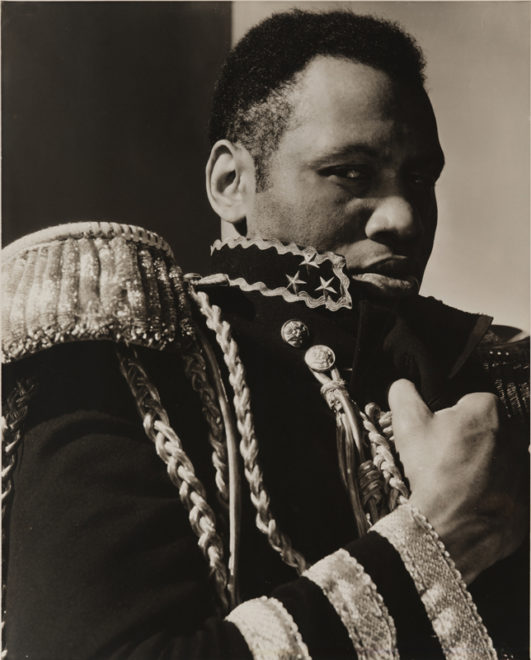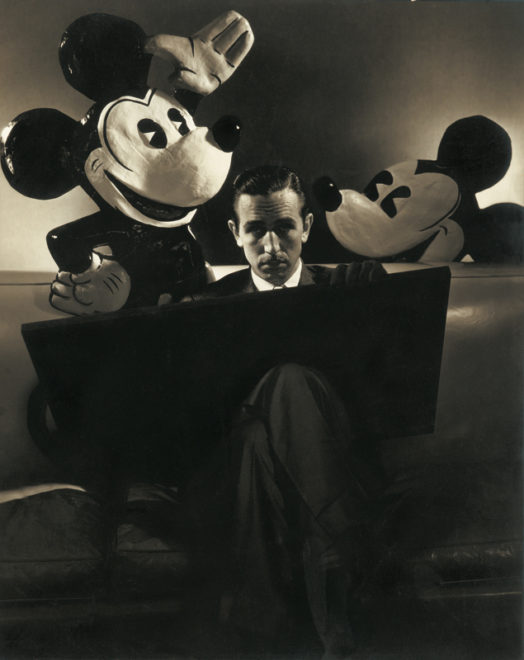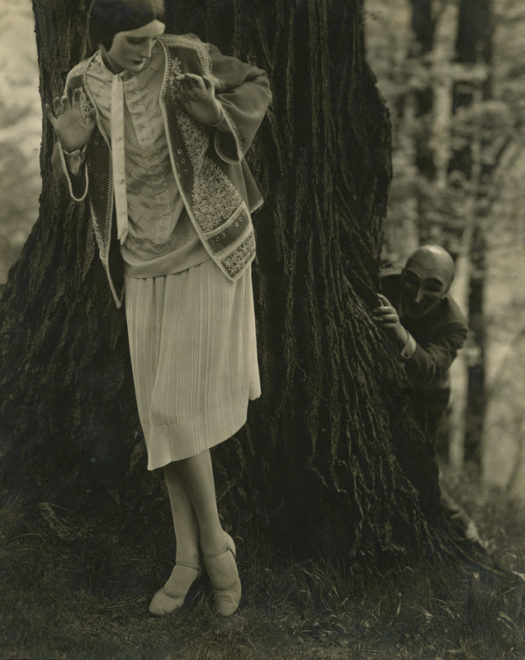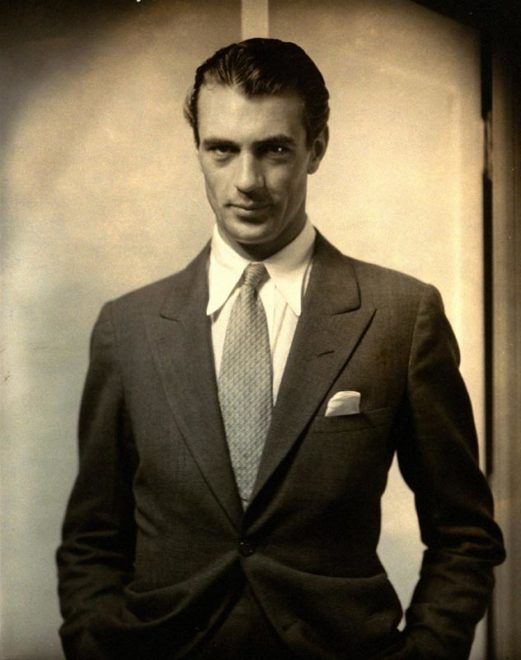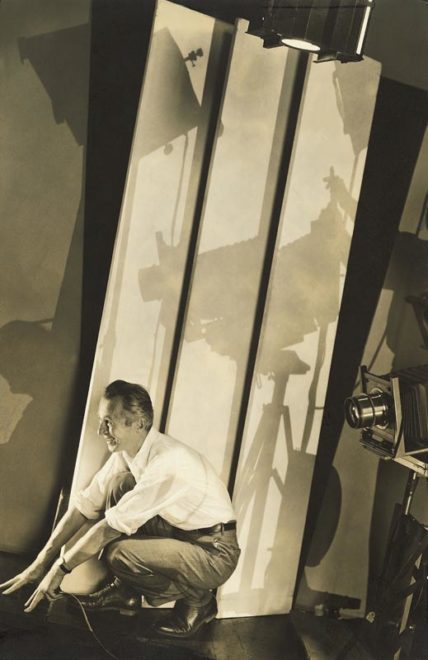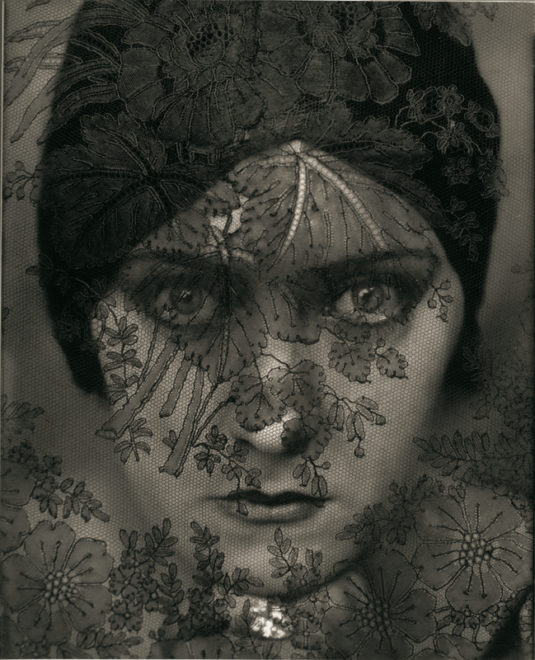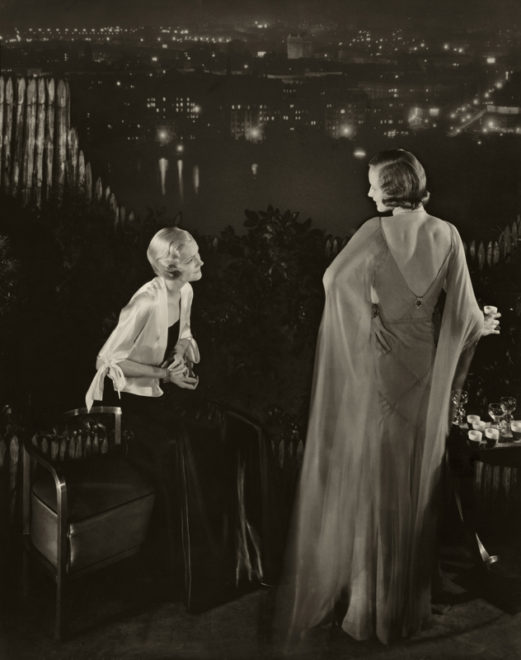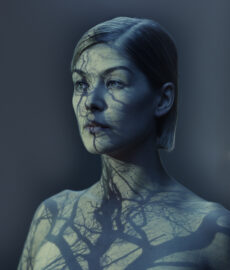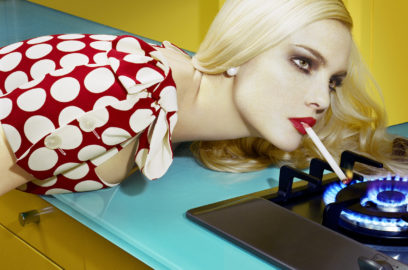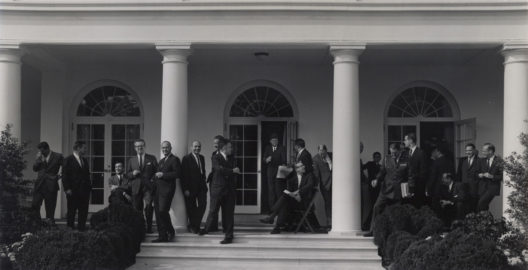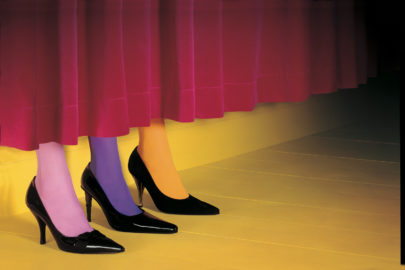In 1923 Edward Steichen (1879-1973), already a famous portrait photographer, was offered one of the most prestigious and certainly the most lucrative position in photography’s commercial domain – that of chief photographer for Condé Nast’s glamorous and influential magazines Vogue and Vanity Fair. For the next fifteen years, Steichen would take full advantage of the resources and prestige conferred by the Condé Nast empire to produce an oeuvre of unequalled brilliance, putting his prodigious energies to work dramatizing and glamorizing contemporary culture and its high achievers — in politics, literature, government, journalism, dance, theatre, music, fashion, the opera and cinema.
No other portrait photographer could rival Steichen for the number of bold, engaging studies he made for Vanity Fair and Vogue. The full list of Steichen’s portraits is astounding for its range. Among the more than one thousand subjects were the filmmakers Irving Thalberg and Walt Disney; among the actors, Gary Cooper, Maurice Chevalier, Harold Lloyd and W.C. Fields; among the actresses, Greta Garbo, Shirley Temple, Gloria Swanson, Claudette Colbert, Marlene Dietrich and Fay Wray; among the dancers, Martha Graham and Fred Astaire; among the musicians, Vladimir Horowitz and George Gershwin; among the statesmen, Winston Churchill; among the athletes, Jack Dempsey; among the journalists, Walter Winchell. Often the portraits of women artists and actresses double as fashion statements: Colette in Chanel, Hepburn in Schiaparelli, Swanson in Chanel… One admiring critic claimed that to be photographed by the master was to be “Steichenized!”

